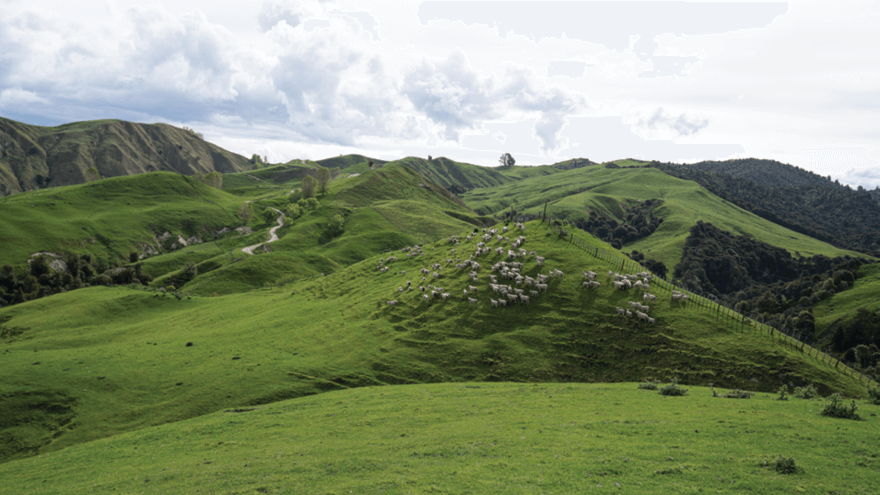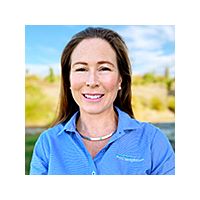
Autumn fertiliser considerations
Applying autumn nutrients as fertiliser is a major expense for New Zealand sheep and beef farms, so a strategic approach is required to only apply what is needed.
Maintenance fertiliser is best described as the nutrients required to balance those taken from the farm in the form of meat, wool, milk, silage and crops, with the nutrients that remain in the soil. In addition to the balance of inputs and outputs, other factors such as soil type, topography, stocking rate, future land use and crops, and rainfall impact maintenance fertiliser requirements. Each farming operation and production areas on a farm have different maintenance requirements. However, fertiliser application should look to target soil fertility levels no higher than the agronomic optimum. Agronomic optimum is the recommended nutrient range for optimum plant growth.
On New Zealand sheep and beef operations there has been a great deal of research undertaken to determine how to calculate a farm’s maintenance nutrient requirement. Use the principal of Test > Diagnose > Recommend (Test for nutrients > Diagnose what is required > Recommend an action) to think through before selecting and applying a fertiliser product.
Using the information from a farm’s soil and herbage test trends, a plan can then be established to apply only what is needed. Identifying trends over time helps in understanding if maintenance fertiliser is doing the job it is supposed to do, maintaining soil fertility at the agronomic optimum.
When applying fertiliser in autumn, having an understanding of how particular nutrients react in the soil at that time of year is critical to reduce nutrient loss risk.
With phosphate, manage applications by not applying it in high risk months of the year, and if rainfall is likely to produce runoff within seven days of applying it, defer the application. Consider the type and timing when applying sulphur. Sulphate sulphur is soluble so using a mix of fast and slow release sulphur products reduces the need for split applications on some soil types. Like sulphur, potassium can move quickly through the soil so has a high risk of leaching when rainfall is high. Nitrogen boosts dry matter production and should be used strategically to match feed demand.
From an animal health perspective, fluorosis (flouride poisoning) can occur when phosphate is applied to pasture for grazing. Animals should not graze pastures where the fertiliser has been applied unless 25 mm of rainfall or irrigation has fallen, or sufficient time has passed and no fertiliser residues are present on plant leaves.
It is now possible to accurately trace aerial applications of fertiliser. When applying fertiliser by plane, exclusion zones can be set up within the farm boundary. This means a farm can be mapped into segmented blocks and variable application rates set up. Accurate placement of fertiliser to areas where nutrient is required ultimately boosts pasture productivity.
By understanding the processes for calculating maintenance fertiliser, using the Test > Diagnose > Recommend rule, optimising nutrient placement and understanding how nutrients work in soil types, appropriate nutrients can be selected for soil and site conditions. This helps to mitigate risks associated with autumn fertiliser application.
To discuss your autumn fertiliser requirements, contact your local PGG Wrightson Technical Field Representative.



